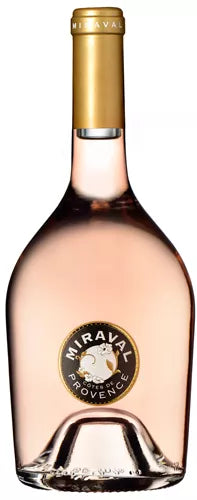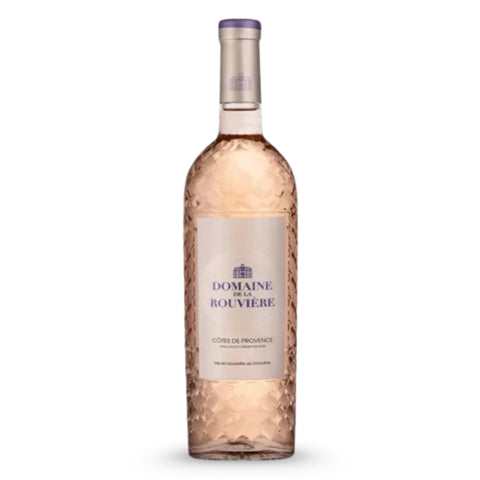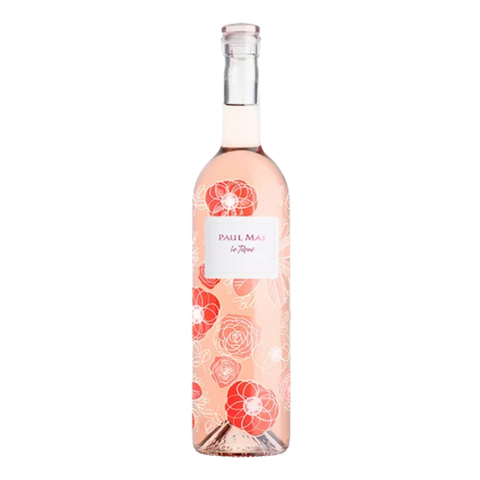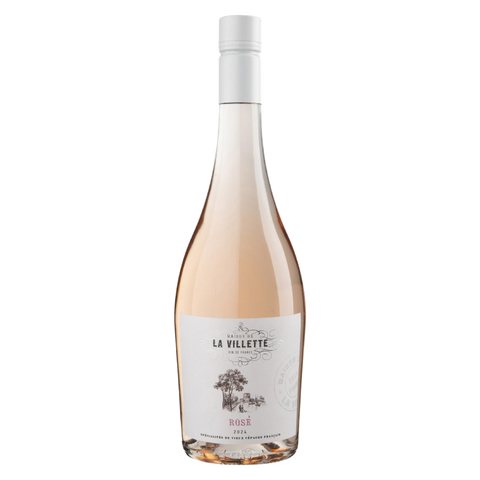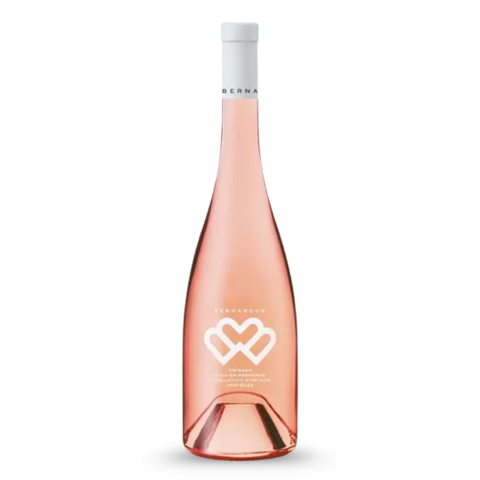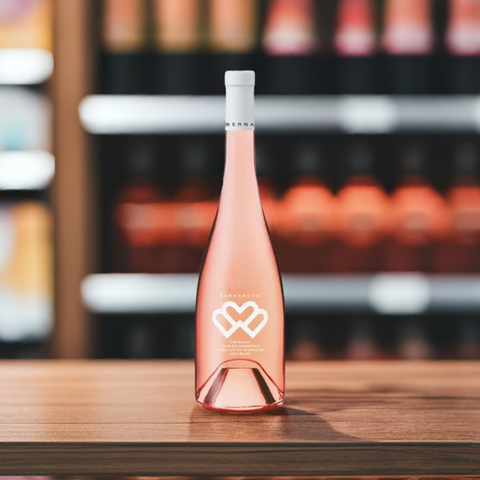Cinsault wine
Cinsault is a versatile red grape variety that plays an important role in both blends and rosé wines. Cinsault is especially popular in southern France and Provence for its light, fruity character. At Perfecte Wijn, you'll find Cinsault in various styles, from crisp rosés to elegant red blends that showcase the grape's soft structure.
Cinsault is a versatile red grape variety that plays an important role in both blends and rosé wines.
Read moreWhat is Cinsault?
Cinsault (also spelled Cinsaut) is a red grape traditionally grown in southern France. It is known for its large, juicy bunches and relatively low tannins. As a result, Cinsault is often used to make blends smoother and fruitier, for example, in combination with Grenache, Syrah, or Mourvèdre. In South Africa, Cinsault is also valued as the parent grape of Pinotage , which originated from a cross with Pinot Noir .
Origin and vineyards
Cinsault is primarily found in the Languedoc, Provence, and the southern Rhône. Here, the grape benefits from the warm Mediterranean climate that ensures optimal ripening. In Provence, Cinsault plays a key role in the production of refined rosé, often paired with Grenache. Outside of France, Cinsault is also grown in South Africa and Morocco, where it produces light, accessible wines.
Grape and style
Cinsault produces wines ranging from light ruby to bright pink in color, depending on the winemaking process. Red Cinsault is often elegant and fruity, with aromas of cherry, raspberry, and strawberry, and a soft structure thanks to the mild tannins. Rosé Cinsault is light, fresh, and lively, with refined fruit aromas and a subtle spiciness. In blends, the grape provides balance and drinkability.
Storage and serving
Cinsault is primarily meant to be enjoyed young, usually within three to five years, to preserve its fruity freshness. Rosé is best enjoyed young, ideally within two years. Serve red Cinsault at 14 to 16 degrees Celsius (57 to 60 degrees Fahrenheit), and rosé chilled at around 8 to 10 degrees Celsius (46 to 50 degrees Fahrenheit).
Buy Cinsault at Perfectewijn.nl
At Perfecte Wijn, you'll find Cinsault in a variety of styles: from light and fruity rosés from Provence to smooth blends from the South of France. Always carefully selected for quality and authenticity. With top-tier estates like Minuty, Miraval, and Domaines Ott, and of course, highly sought-after gems like AIX.
Cinsault wine
Cinsault is a versatile red grape variety that plays an important role in both blends and rosé wines. Cinsault is especially popular in southern France and Provence for its light, fruity character. At Perfecte Wijn, you'll find Cinsault in various styles, from crisp rosés to elegant red blends that showcase the grape's soft structure.
What is Cinsault?
Cinsault (also spelled Cinsaut) is a red grape traditionally grown in southern France. It is known for its large, juicy bunches and relatively low tannins. As a result, Cinsault is often used to make blends smoother and fruitier, for example, in combination with Grenache, Syrah, or Mourvèdre. In South Africa, Cinsault is also valued as the parent grape of Pinotage , which originated from a cross with Pinot Noir .
Origin and vineyards
Cinsault is primarily found in the Languedoc, Provence, and the southern Rhône. Here, the grape benefits from the warm Mediterranean climate that ensures optimal ripening. In Provence, Cinsault plays a key role in the production of refined rosé, often paired with Grenache. Outside of France, Cinsault is also grown in South Africa and Morocco, where it produces light, accessible wines.
Grape and style
Cinsault produces wines ranging from light ruby to bright pink in color, depending on the winemaking process. Red Cinsault is often elegant and fruity, with aromas of cherry, raspberry, and strawberry, and a soft structure thanks to the mild tannins. Rosé Cinsault is light, fresh, and lively, with refined fruit aromas and a subtle spiciness. In blends, the grape provides balance and drinkability.
Storage and serving
Cinsault is primarily meant to be enjoyed young, usually within three to five years, to preserve its fruity freshness. Rosé is best enjoyed young, ideally within two years. Serve red Cinsault at 14 to 16 degrees Celsius (57 to 60 degrees Fahrenheit), and rosé chilled at around 8 to 10 degrees Celsius (46 to 50 degrees Fahrenheit).
Buy Cinsault at Perfectewijn.nl
At Perfecte Wijn, you'll find Cinsault in a variety of styles: from light and fruity rosés from Provence to smooth blends from the South of France. Always carefully selected for quality and authenticity. With top-tier estates like Minuty, Miraval, and Domaines Ott, and of course, highly sought-after gems like AIX.
Frequently Asked Questions
Where is Cinsault from?
Cinsault is a traditional French grape variety found primarily in the Languedoc, Provence, and Rhône regions.
How long can you keep Cinsault?
Cinsault is best drunk young, usually within three to five years, while rosé should be drunk within two years.
What is Cinsault used for?
Cinsault is often used in blends to add softness and fruit, and is also popular for rosé wines in Provence.


